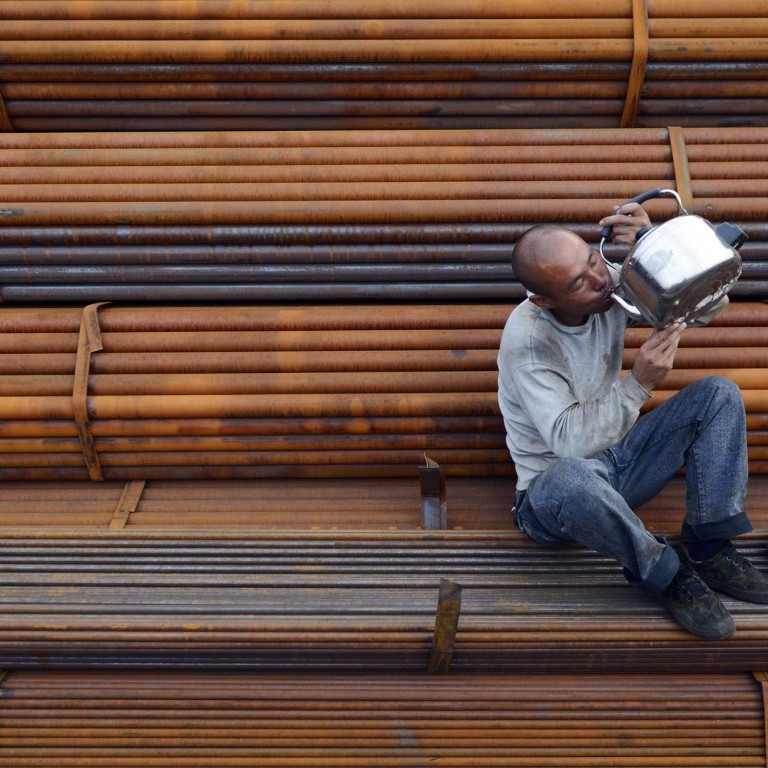
Inefficient SOEs lack profit focus
Earlier reforms failed to address the core problem of low productivity among SOEs
Chinese state-owned enterprises may still be making profits but they continue to be a drag on the economy's overall productivity.
An SOE-driven investment spree in the wake of the global financial crisis in particular is hindering productivity growth, necessitating their reform to revive the slowing economy.
"The stimulus and loose credit policies of the last few years have eased the budget constraints for well-connected firms, such as those in the state sector, and many of them have responded by boosting output rather than maximising profits," said Mark Williams, chief Asia economist at London-based research institute Capital Economics.
The gap between the return on assets ratio between SOEs and their non-SOE rivals has been widening as a result, from 2 percentage points in 2007 to 5.5 percentage points in 2012, data from Standard Chartered Bank shows.
"SOEs tend to be less efficient in any given sector," Williams said. "They also dominate in some sectors where profitability is low or has been eroded by overcapacity."

Beijing initiated SOE reforms in 1980s but made substantial progress only after the 1997-1998 Asian financial crisis when the then premier, Zhu Rongji, laid off hundreds of millions of workers and allowed management teams to buy out state firms on the brink of bankruptcy.
But the reforms failed to address the core problem of low productivity. Preferential access to capital and land guaranteed by Zhu's reforms only made things worse, with inefficient use of resources.
"The reform was not thorough, and that's why we are talking about deepening reforms now," said Wang Jun, a senior researcher with the China Centre for International Economic Exchange.
Wang worries it is hard to crack the entrenched interest of the government as well as the management teams although the roadmap is clear; gradually dilute state control in SOEs by ushering in private investors.
"It's very difficult. Any successful reform of an SOE will tend to be a stand-alone case," he said.
Investors, however, are excited about the government's decision to inject assets of state-owned giant Citic into its Hong Kong-listed subsidiary in a deal valued at about US$36 billion. The government has made clear that it wants to cut its stake but remain the largest shareholder.
"If mixed ownership is to become effective, the government will need to give investors a greater say in management decisions and, ideally, encourage a gradual state exit from underperforming firms," said Williams.
The SOE watchdog has been endorsing a state exit from non-strategic sectors since 2006 but the government has so far refused to surrender control, leading to a growth - rather than a reduction - in the proportion of state-controlled assets in non-strategic industries, he said.


